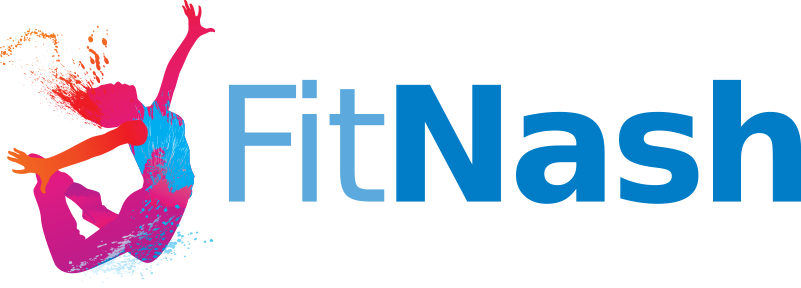Anytime a health professional utters the word ‘syndrome’ in your diagnosis, question everything, as there is a likelihood there is a misunderstanding around your particular set of symptoms and how best to treat them, but they want to give it a name so they can get you on your way with either medication or surgery both of which may be completely unnecessary.
A typical example is Thoracic Outlet Syndrome, or TOS.
Presenting symptoms including varying degrees of numbness and tingling in their neck / shoulders / arms / hands and, or circulatory issues in the upper limbs caused by compression of the blood (subclavian) vessels and nerves (brachial plexus) between the collar bone (clavicle) and first rib.
In extreme cases, surgery to release, or remove structures 😱 causing the compression is suggested.
So why am I suggesting allopathic or ‘modern medicine’ may not be the best route for you to take if you experience these symptoms?
In the vast majority of cases I’ve come across, either a dysfunctional breathing pattern or posture (in some cases an ill fitting bra is the issue) can be attributed to causing the symptoms experienced.
Chest (particularly upper chest) breathers utilise their scalenes, causing them to become over active, in turn compressing decreasing the space available for the vessels and nerves.
The same occurs for those who typically have rounded shoulders – desk workers, manual therapists, or cyclists who don’t cross train etc and end up with over active pectoralis minor, subscapularis, coracobrachialis, and, or subclavius muscles. Correcting these muscle dysfunctions, and retraining the brains movement patterns is usually relatively straight forward. Once those tight muscles ease off, the symptoms usually reduce as well.
Thomas Wells suggests this quick home test to see if you might be affected by ‘Thoracic Outlet Syndrome’.
“Put your hands over your head with elbows bent 90 degrees. Open and close your hands slowly for 3 minutes.”
If its hard to do, or you start experiencing numbness or pain whilst trying to complete the task, you should get it checked out as this may indicate you have an easily corrected dysfunction.

Image credit medical art studio
Experience the difference – A refreshingly different approach to pain and dysfunction, so you can breathe better, move better, to live better.
